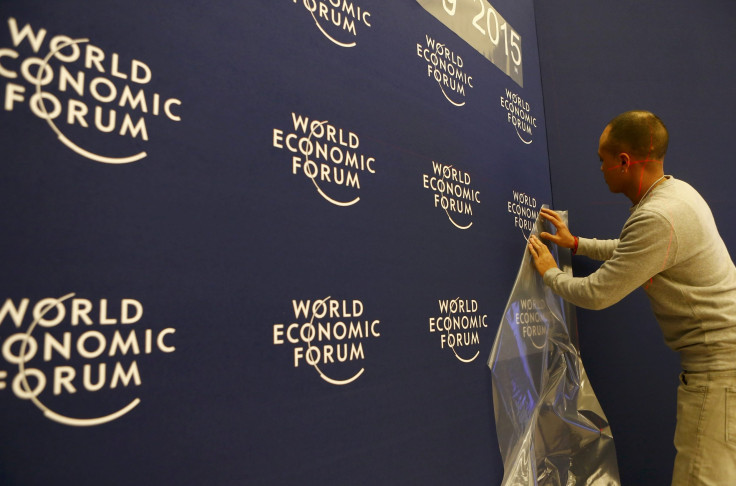Rich Kids In Low-Income Countries Get Most Of The Public Education Money: UN

DAVOS, Switzerland -- A new United Nations report finds that almost half of public education resources spent in low-income countries of the developing world goes to benefit just 10 percent of the best-educated students, who tend to come from affluent families. The report from the United Nations Children's Fund, also known as Unicef, was released Thursday at a press conference with former U.K. Prime Minister Gordon Brown and Unicef allies at the World Economic Forum.
“We need to radically revise current practices by providing more resources and allocating them more equitably,” Yoka Brandt, Unicef deputy executive director, said.
The trend documented by the report shows poor, developing-world countries mimicking a trend in the United States, which stands out as one of the only industrialized countries that devotes less public money to educating students from low-income families than on educating students from high-income families.
According to a recent analysis by the Organization for Economic Cooperation and Development, it is one of the few economically developed nations that tends to spend more public resources to educate wealthy students than to educate low-income students. A 2011 U.S. Department of Education report found that in the United States “many high-poverty schools receive less than their fair share of state and local funding, leaving students in high-poverty schools with fewer resources than schools attended by their wealthier peers.”
On the question of solutions, Unicef is calling on wealthy countries and corporations to devote more international aid to education initiatives that will more fairly distribute resources. Addressing the assembled audience of wealthy corporate executives in Davos, musician Angelique Kidjo said of the Unicef report: “If the CEOs of this world want to continue being rich, want to save capitalism from chaos, they have to invest in education (and) they have to help every organization and lobby with us with the government” for more education funding that is more equitably distributed.
The group also seemed to channel some of the principles of the co-sponsor of the report, the Bill and Melinda Gates Foundation, which has been criticized for using its partnerships with other organizations to promote a particular education ideology.
In the United States, the foundation has specifically championed privately run charter schools, which often siphon resources from traditional public schools. The foundation has also promoted the Common Core curriculum, which has been criticized as a top-down, one-size-fits-all approach to education content. Both the curriculum and the larger shift to technology focused charter schools could have commercial benefits for Microsoft, the firm founded by Bill Gates.
When asked whether Unicef is prescribing a similar approach to international education aid for low-income countries, meaning charter schools, Common Core-style curriculum and a focus on technology, Brown first touted “the right of individual countries to make their own decisions about how they shape their own education system according to their needs and their economic policies and economic objectives.”
However, he seemed to echo some of the core themes of the Gates Foundation, touting what he called “international best practices ... which learn from the experience of charter schools.”
He said lawmakers should be looking at “how we can disseminate the best practices that exist in some countries and persuade other countries that they are worth looking at.”
“We are learning that the quality of teachers, which is what the Gates Foundation has emphasized matters, the quality of head teachers and leadership in schools matters, the curriculum itself is an issue that has to be debated at all times because you’ve got to learn from what works and what doesn’t work ... and how you apply technology and use it most effectively,” he said.
© Copyright IBTimes 2024. All rights reserved.






















